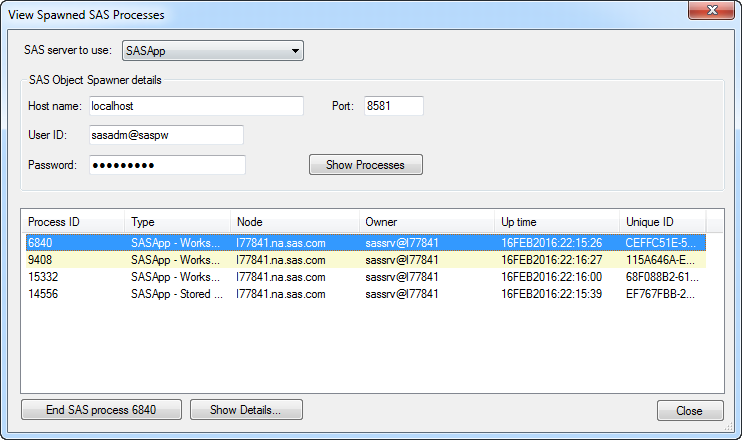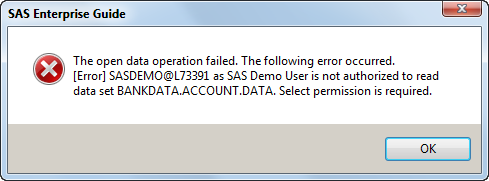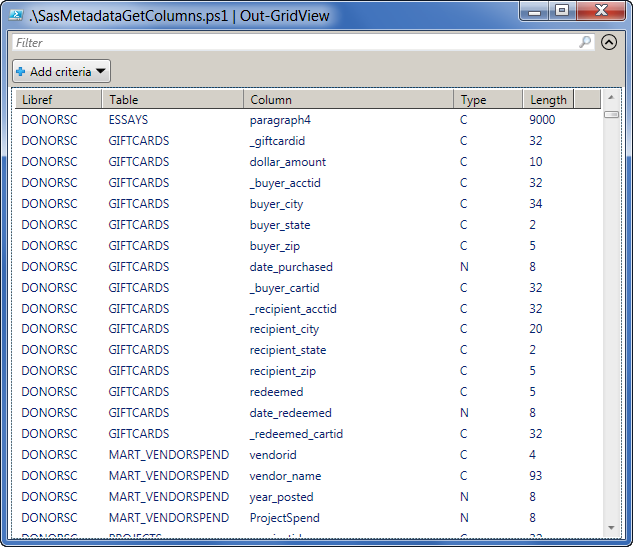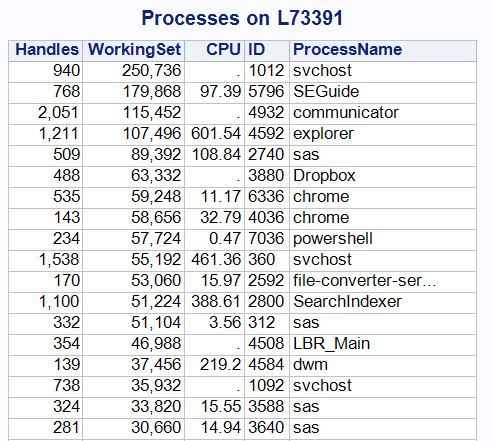
Last week I described how to use PROC IOMOPERATE to list the active SAS sessions that have been spawned in your SAS environment. I promised that I would share a custom task that simplifies the technique. Today I'm sharing that task with you. How to get the SAS Spawned Processes







